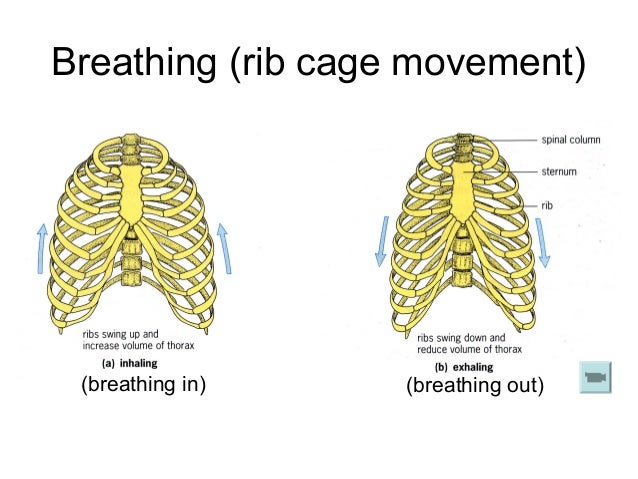最近網路上掀起一股關肋骨旋風
當然也有人拿著影片來詢問(?)
既然你誠心誠意的發問了 那我就大發慈悲的回答你
Recently, there's an exercise system teaching you how to "close your rib"
And someone sent me the link to ask my opinion.
No judgment, but let's see how it should work.
我們先來看看肋骨以及在呼吸時肋骨的動作
Here is the picture of the rib structure and the movement during breathing.
我們吐氣的時候橫隔膜上升肋骨會內收
比較之下右邊是不是瘦多了呢?
When we exhale, the diaphragm will go up and the rib will move in.
Compare to left, now you looks thinner, right?
再來我們看看吐氣所用到的肌肉
為了了解為什麼可以小腹凹這邊只列出腹部
Now let'see the expiration muscles.
Because they claim it can shrink your tummy, only ab area muscles are shown.
如果你能夠有效的運用這幾條肌肉
核心有適當的能力收縮
在肋骨內收的同時的確也能夠讓肚子收進去
If you can use those core muscles properly,
it can move your rib down and shrink your belly in.
但是
上面有一條重要的肌肉忘記列出來
那就是大家都愛的六塊肌-腹直肌
如果你錯誤的使用這條肌肉去收緊肋骨的話
除了核心容易失能以外, 有很大的機率造成肋軟骨炎的症狀
BUT,
there's one important ab muscle not on the picture above.
The six packs, everybody loves it.
However, if you close your rib with this sexy rectus dominated,
not only the core problem but also you might induce potential costochondritis.
另外一個比較大的問題是肋骨的動作
我的讀者一定知道我們很愛講的一句話
通常一個東西會有問題 一定是卡在不上不下的位置
同理 許多人的肋骨其實是卡在中間位置
如果沒有同時訓練擴張的能力
容易造成進一步的呼吸肌失能與肋骨/脊椎活動度問題
The other huge problem of their system is the movement of the rib
My readers are definitely familiar with this:
"Usually something gets trouble because it's stocked in somewhere between"
If we apply it to the rib cage, it's not elevation or depression, it just not move
So when you train their ability to depress but not the expand, you're in a huge trouble.
Not only rib itself, but you potentially will get breathing dysfunction/spine mobility problem.
下面是一個物理治療針對呼吸肌訓練的前後比較
是不是也覺得肚子小了 胸肌大了 人都變帥了呢
Below is an example that how physical therapy deal with breathing problem from TCPhysiotherpy.
 |
| TCPhysiotherpay |
其實這套運動系統(?)某種程度上構想很不錯
但使用了過多的代償動作以及過份卡住肋骨的自然動作
可能會造成以後更多的身體問題
希望對社會有影響力的人物在說出任何東西之前都要思考
Basically, this system is not that bad.
But you can see a lot of compensations and overemphasize to hold your rib during their video.
It might cause more problem in the future
Hope all celebrities, no matter in reality or internet, can really think the consequence before they talk.
本著作由I-Chen Liu, PT, MS製作,以創用CC 姓名標示-非商業性-相同方式分享 4.0 國際 授權條款釋出。





